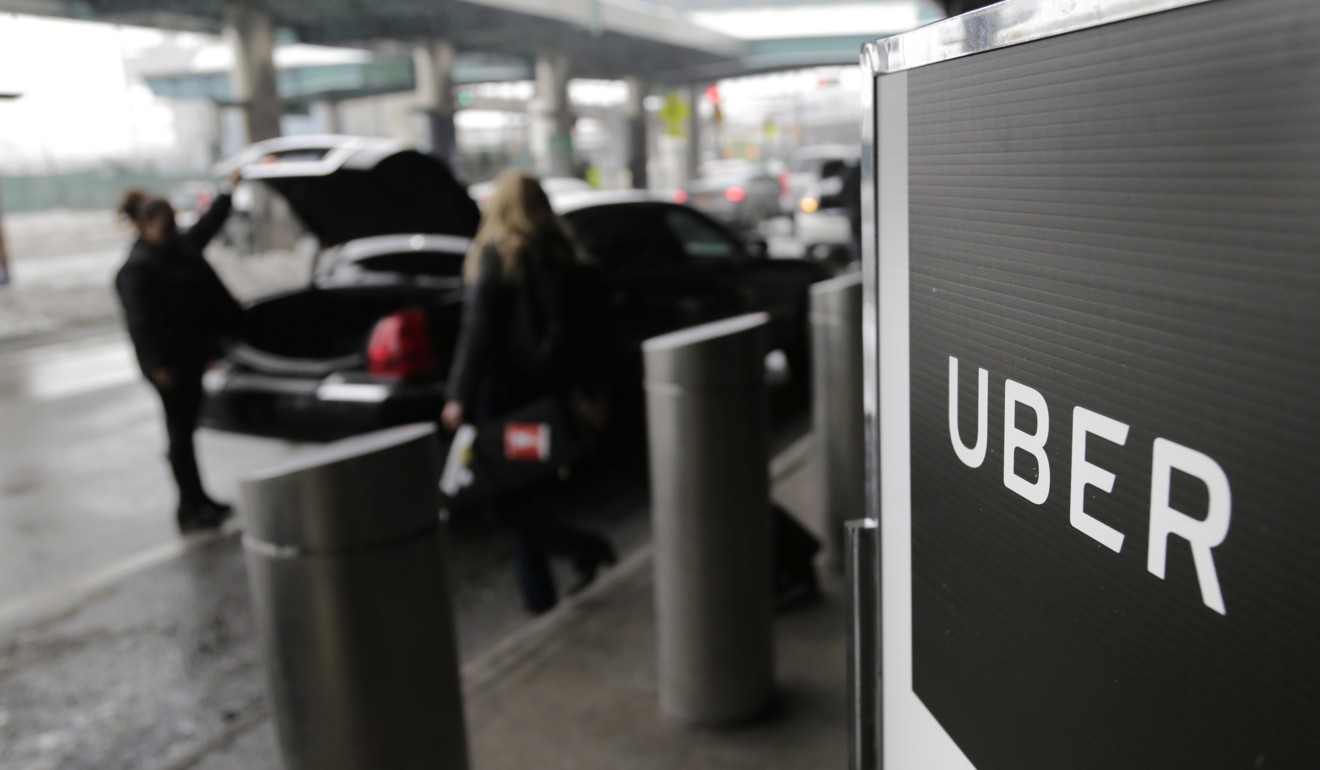
How Uber can spur improvements in Hong Kong’s taxi service
Michelle J. Tao says while the government has the admittedly difficult task of balancing the interests of taxi licence holders with consumer interests and job opportunities, introducing more competition to the industry would serve the greater good
In contrast, the licence for private cars in Hong Kong costs just a few thousand dollars a year. This means a lot of young people in Hong Kong would like to use their private cars to drive for Uber.
Hong Kong puts brakes on Uber in its road map for the future
The main difference is in the handling of taxi licences. The Singapore government does not sell taxi licences, but allocates a pre-set number to taxi companies. And it has the right to adjust the number and annual fees.
In Hong Kong, however, the government sells taxi licences, which can be used perpetually. As the number is quite small (18,163), they are very expensive – up to HK$7 million in 2013. While the number of taxis per 1,000 people in Hong Kong is much lower than that in Singapore (2.5 versus 5.3), the number of Hong Kong taxi licences has not been adjusted since 1994, as the government fears affecting the value of existing licences.

By giving the taxi industry some competition, Uber provides choice and convenience for consumers, and creates job opportunities. The only losers from allowing Uber to operate in Hong Kong are those who own taxi licences. It’s important to note that most of them are not drivers, and they view the licences as an investment. So, the challenge for the government is how to balance the interests of taxi licence holders against consumer interests and job opportunities.
Give it up Uber, the Hong Kong government’s not for U-turning
The government may argue that the regulation of the taxi industry helps reduce emissions and control congestion. However, the effect would be much greater if it directed its attention to controlling the number of private cars and imposing electronic road pricing, as Singapore does.
Moreover, with the government protection of taxi drivers and crackdowns on Uber drivers, there is no incentive for taxi drivers to improve their service.

One extreme policy option is for the government to buy back all the taxi licences. Another is to just open the market to Uber, as happened in New York City. There, the price of a taxi licence was around US$1.3 million in 2013, but fell to some US$500,000 in 2016 as a result of ride-sharing apps like Uber and Lyft entering the market.
Why won’t Hong Kong embrace sharing economy?
The middle-of-the-road approach is for Hong Kong to have a limited number of Uber cars and restrict them to a premium service. In the meantime, the government should help the taxi industry to develop its own app, with mobile payment options.
It’s time to embrace the competition unleashed by technological advances and allow Uber to compete.
Michelle J. Tao is a Hongkonger currently studying economics at New York University
